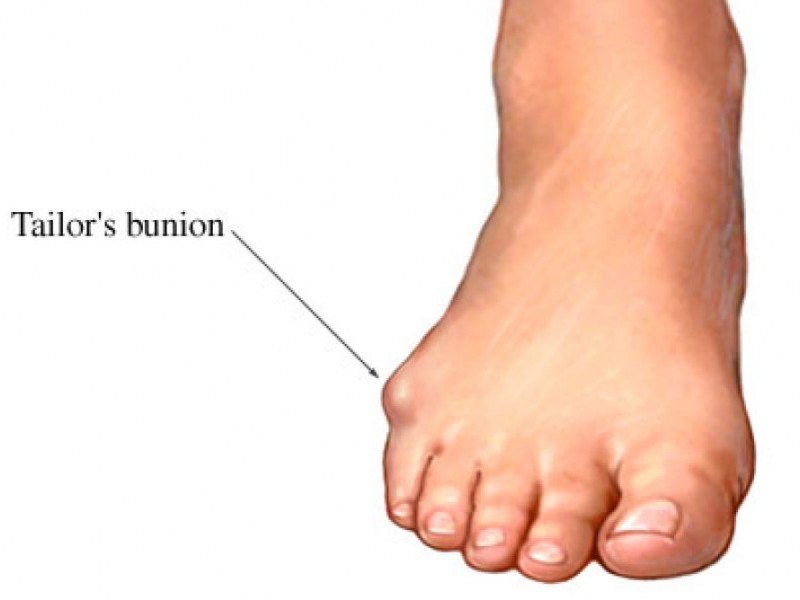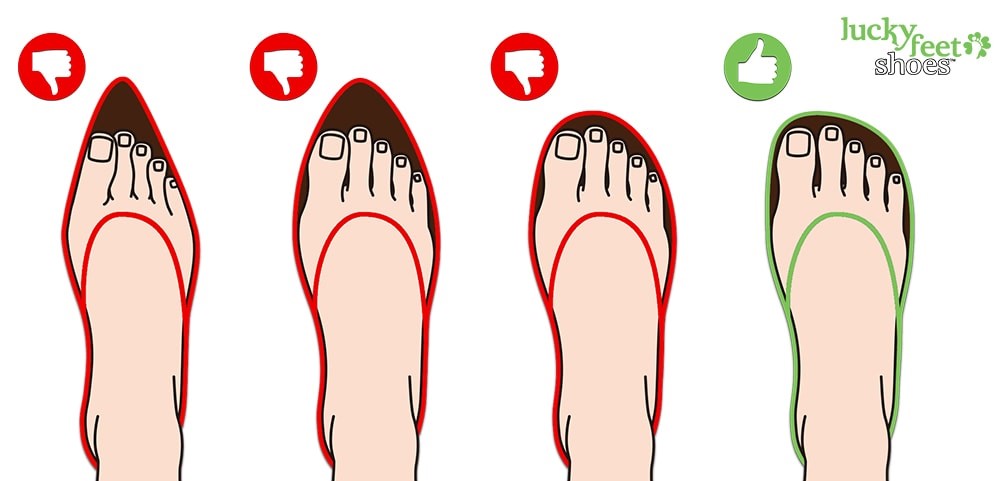So you’ve just started to experience some pain in your big toe joint when you finally decided enough was enough when you went to see one of our friendly podiatrists. After a series of assessments they have diagnosed you with Hallux Valgus Deformity (HAV) also known as a bunion.
So what exactly is a bunion and how did you even develop it to begin with….
Bunions is a bony prominence that will occur at the base of your big toe joint. Generally when bunions develop your big toe will move towards your little toes resulting in the big toe joint bulging. The skin the overlies the big toe will become reddened and thicker due to the surrounding tissues becoming inflamed, swollen and painful. Generally females have a greater chance of developing bunions but men are too affected. Some individuals have also been known to develop Tailor’s Bunions which affect the 5th toes.

It has been found that there are 4 ways in which bunions can develop including but limited to genetics/ foot biomechanics, ill fitting shoes, arthritis and high heels. Genetics is often one of the biggest contributing factors due to poor foot biomechanics being passed down from one family member to the other. Over pronation, increased forefoot pressures and other abnormal foot abnormalities has been known cause an instability within the metatarsal phalangeal joint (MTPJ) leading to a development in muscle imbalance. Generally this muscle imbalance over a prolonged period of time will cause your bunion/s to progress further. Other biomechanical factors such as when a person has one leg longer then the other known as a limb length discrepancy can result on over pronation of the longer leg leading to an increased risk of developing a bunion.
In some cases those who have already developed rheumatoid arthritis or have a family history of arthritis may also be at risk of a bunion developing within there later stages of there life due to arthritic changes within the joints.

One of the reasons females are more prone to developing bunions is foot choices. Those that wear high heels on a regular basis are more likely to develop bunions as nearly 2/3 of your body weight is going through the balls of your feel while standing and walking. High heels also tend to be narrow fitting leading to rubbing of the big toe joint which causes a red, swollen and painful appearance. Quite often these factors may indicate that your bunion is beginning to progress and grow larger.
Generally those who develop bunions will experience some pain and discomfort while some lucky individuals do not experience any pain at all. Over a period of time your forefoot ( the front part of your foot_ will become wider making it more difficult to find shoes that are wide enough for your feet as well as difficulty walking as a result of pain.

Anyone who has a family history of bunions should be mindful of ways in which you may develop a bunion and it is recommended that you see a podiatrist for an assessment to ensure that any risk factors for developing bunions are addressed at an earlier stage. Those who have already developed bunions also encouraged to see a podiatrists to assist in delaying your progression and reducing your pain levels.
So why not book in today to see one of our friendly podiatrists today. Just call 8645 9800 or book online today.

